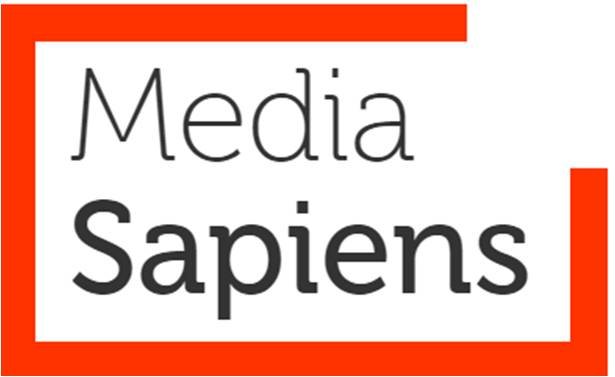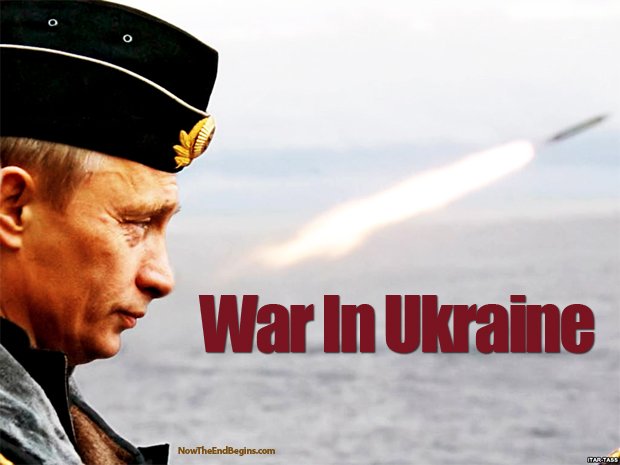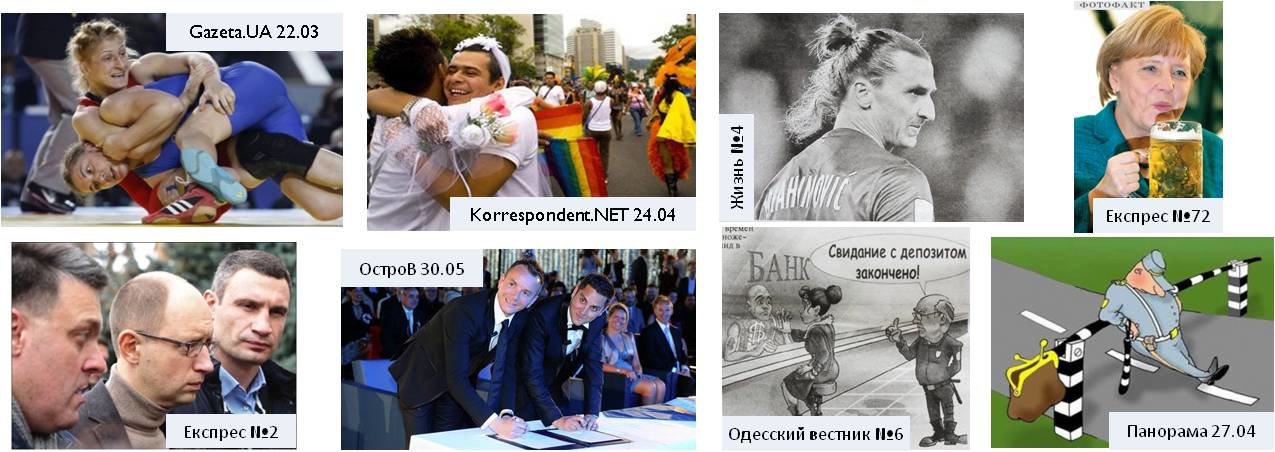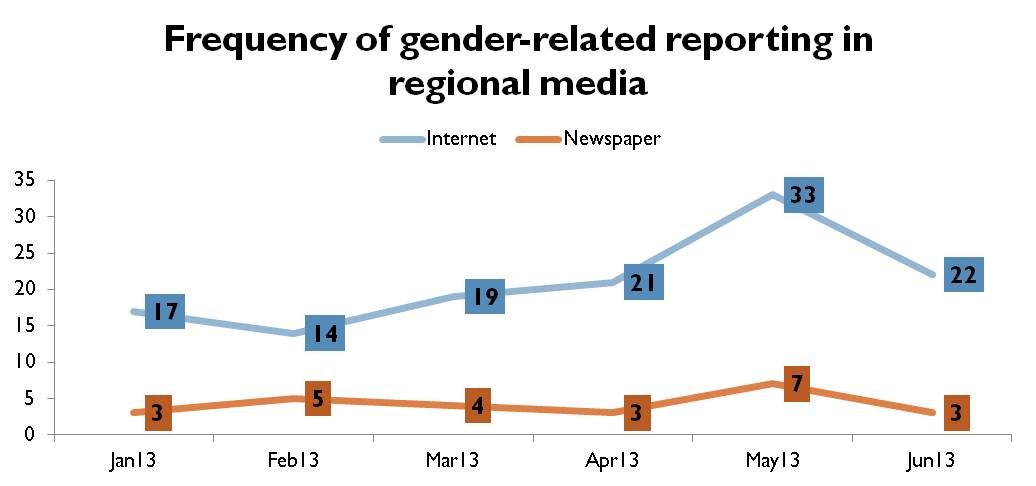Схожі новини
 Internews’ annual media consumption survey shows a dramatic drop in Ukrainians’ use of Russian media. The survey shows that Russian TV viewership shrank to 8% from 27% in 2014, and Russian internet use slid to 27% in 2015 from 44% in 2014. While lower consumption rates for Russian TV might be partially explained by the Ukrainian government’s initiative to ban transmissions of Russian TV signals within the country, internet access has not been restricted.
Internews’ annual media consumption survey shows a dramatic drop in Ukrainians’ use of Russian media. The survey shows that Russian TV viewership shrank to 8% from 27% in 2014, and Russian internet use slid to 27% in 2015 from 44% in 2014. While lower consumption rates for Russian TV might be partially explained by the Ukrainian government’s initiative to ban transmissions of Russian TV signals within the country, internet access has not been restricted.
 Internews commissioned a qualitative research on implementation of media literacy course in secondary schools of Ukraine. The study held in March-April 2015, aimed surveying teachers and students at root level to understand barriers and prospective in applying media literacy course at practice.
Internews commissioned a qualitative research on implementation of media literacy course in secondary schools of Ukraine. The study held in March-April 2015, aimed surveying teachers and students at root level to understand barriers and prospective in applying media literacy course at practice.
Conducted in cooperation with European Research Association (ERA), the research revealed that media education in secondary schools is implemented through successful combination of efforts of Academy of Ukrainian Press that trained OIPE coordinators/teachers at its schools and the Institute for Social and Political Psychology of National Academy for Pedagogical Sciences that developed the national experiment for 80 schools of 10 oblasts of Ukraine.
 Telekritia published English translation of its survey of media consumers in eastern and southern regions of Ukraine. The survey conducted by Kyiv International Institute of Sociology (KIIS) aimed analyzing an influence of Russian propaganda on eastern regions of Ukraine including occupied areas. Researchers also asked about people's perception of political situation in Ukraine. The Telekritika/KIIS survey was supported by the Department for Rights and Labour (DRL) of US Department of State through Internews Network.
Telekritia published English translation of its survey of media consumers in eastern and southern regions of Ukraine. The survey conducted by Kyiv International Institute of Sociology (KIIS) aimed analyzing an influence of Russian propaganda on eastern regions of Ukraine including occupied areas. Researchers also asked about people's perception of political situation in Ukraine. The Telekritika/KIIS survey was supported by the Department for Rights and Labour (DRL) of US Department of State through Internews Network.

Internews published needs assessment report “UNDERSTANDING INFORMATION AND COMMUNICATION NEEDS AMONG IDPs IN EASTERN UKRAINE that resulted from the 2-week trip of Internews Senior Humanitarian Advisor Jacobo Quintanilla and Internews Ukraine project manager Vitali Moroz to the East of Ukraine. From January 20-30, 2015, an Internews assessment team carried out a rapid assessment with displaced populations and host communities in eastern Ukraine to understand their information needs and access to communication channels.
 August 2014 - Internews publisized an online survey of Ukrainian journalists to study journalists’ conception of standards of journalism, interaction with media audience, journalists’ perception of condition of freedom of speech, external and internal factors, that have an influence on quality of journalists’ work and implementation of their role in society, including labor relations, level of job compensation, ethical principles of journalism, level of journalists’ professional knowledge and knowledge of media legislation concerning access to public information, defamation, handling with personal data etc.
August 2014 - Internews publisized an online survey of Ukrainian journalists to study journalists’ conception of standards of journalism, interaction with media audience, journalists’ perception of condition of freedom of speech, external and internal factors, that have an influence on quality of journalists’ work and implementation of their role in society, including labor relations, level of job compensation, ethical principles of journalism, level of journalists’ professional knowledge and knowledge of media legislation concerning access to public information, defamation, handling with personal data etc.
 MediaSapiens translated analytical overview about Russian media coverage of war conflict in Eastern Ukraine. Read about lie and falsifications in Russian news spread through TV channels and online media. Photo credit: http://www.nowtheendbegins.com
MediaSapiens translated analytical overview about Russian media coverage of war conflict in Eastern Ukraine. Read about lie and falsifications in Russian news spread through TV channels and online media. Photo credit: http://www.nowtheendbegins.com
 New research reveals that a clear majority of Ukrainians in Donetsk oblast (region) are watching both Ukrainian and Russian TV news, although trust levels of the population in Ukrainian TV is low. . Around the rest of the country, people prefer to get their news from Ukrainian TV channels. The survey in 10 regions of Ukraine was commissioned by Internews and conducted from April to June 2014 by marketing and research firm InMind for the USAID-funded Ukraine Media Project (U-Media).
New research reveals that a clear majority of Ukrainians in Donetsk oblast (region) are watching both Ukrainian and Russian TV news, although trust levels of the population in Ukrainian TV is low. . Around the rest of the country, people prefer to get their news from Ukrainian TV channels. The survey in 10 regions of Ukraine was commissioned by Internews and conducted from April to June 2014 by marketing and research firm InMind for the USAID-funded Ukraine Media Project (U-Media).
 The Internews is seeking a Content Analysis Expert /Expert Group to assist in implementation of a three-year project Strengthening Investigative Reporting in Ukraine (SIRU). The Content Analysis Expert /Expert Group will analyze the quality of investigative reports produced by Internews implementing partners and provide recommendations on quality improvement.
The Internews is seeking a Content Analysis Expert /Expert Group to assist in implementation of a three-year project Strengthening Investigative Reporting in Ukraine (SIRU). The Content Analysis Expert /Expert Group will analyze the quality of investigative reports produced by Internews implementing partners and provide recommendations on quality improvement.
- У-Медіа » English » Media Research » Gays and domestic violence in families constitute key topics for mass media reports on gender-related issues
- Переглядів: 1603
- Автор: rfgtw
- Дата: 7-03-2014
Gays and domestic violence in families constitute key topics for mass media reports on gender-related issues
Категорія: English » Media Research
The general gender-related picture presented by regional media can be described as follows: male characters prevail on female ones by three times; photo reports mostly feature “mature” men (while covering “serious” issues) and young women at leisure. Specifically gender issues find themselves in the focus of media mostly when problems of non-traditional sexual orientation are covered.
The researchers have determined that regional media feature a significant misbalance in terms of gender representation: the share of men represented in print media exceeds that of women by three times (women - 28% vs. men – 72%). The disproportion in on-line media is 4 times (women – 20% vs. men – 80%). News on-line media have even bigger representation of men in their reports; the share of women ranges from 16% (correspondent.net) to 25% (segodnya.ua).
Print and on line media reproduce the traditional version of gender hierarchy: the most gender balanced reports cover humanitarian and private spheres of life presented as areas of “natural” female presence by mass media. Men are prioritized by mass media while covering public life and industrial issues.
Context
Generally both men and women are mostly represented in media reports in business and industrial context: men – 68% in press and 69% - on-line; women – 58% in press and 53% - on-line. However, community life involvement is also significant constituting almost one fifth (17% in press and 18% on-line) for men; and more than one fifth (21% for press and 25% - online) – for women.
Domestic, leisure-related context is much more characteristic for representation of women in press and in Internet (14%, 12%) while cases of men represented in domestic environment or at leisure are very rare, especially in Internet (6%, 3%). Criminal context is present in 6% of press reports and 9% of Internet reports about women; the figures for men in criminal context are respectively 7% and 8%.
Physical violence prevails in reports on violence in both types of mass media. Press mostly focuses on “economic violence” over men and women; on-line publications mostly cover sexual violence in relation to women and moral and psychological violence over men.
Visual images

Photo representations of gender identities in press and Internet reproduce male dominating model translated by texts: male image is used most often for illustrations. The proportion of visual of images of men and women is 1:1.7 (36% vs. 64%) in press and 1:2.4 (29% vs. 71%) in Internet. Disproportion of gender representation is characteristic for images in most social spheres. The images of “mature man” and “young woman” take the lead among all other images as the most attractive for audiences; however, “mature man” is an undisputable leader.
Gender issues-related reports

Gender policy and gender equality issues are under discussion with varied frequency by each outlet; however there is no regularity in this discussion – both by press and on-line media. Gender-related issues are covered sporadically and mostly provoked by some external ad hoc factors: incidents, public discussions, public actions, published government stats or draft bills.
The content of the reports marked by “gender terms” is shifted towards LGBT people, whereas specific features of men and women are rarely in the scope of outlets’ attention. Therefore, these issues are covered from the perspective of the societal traditional view.
The key notions used in the texts with mentions of “gender-related issues” include: “homosexualism”, “gay marriages”, “gay prides”, “gay communities”, “homophobia”, “gender discrimination”, “LGBT”, “feminism”.
The word “gay” is often interwoven into headlines as a pun – “Hey (sounding in Russian like “gay”), you, upstairs!” (Vash Shans #21 – 21.05), “Washington turns into a gay capital” (Vash Shans #8 – 20-27.02), “It is not a gay pride, it is a gay shame!” (Vash Shans #22 – 29.05-5.06), “Hey, hey (gay, gay) in Ukrainian” (Express №20 – 21-28.02). New words and phrases are coined: “gay occupation” (Vash Shans #21 – 21.05), “homofascism” (Vash Shans #16 – 17-24.04), “homodictatorship”.
Contact info: Serhiy Dyoma, AUP Development Manager, phone number: (050)561 59 18,

